Things are desperate when it comes to Scotland’s public transport – and change is not coming any time soon.
I’ve used buses and trains to get about since my teens. From sharing a seat on a ferry with an Augustinian nun on the way to Iona to sitting with boys at the back of the bus on the way home from a dance, public transport has determined many routes and relationships in my life.
Like most of us, I did not appreciate it or value it at the time.
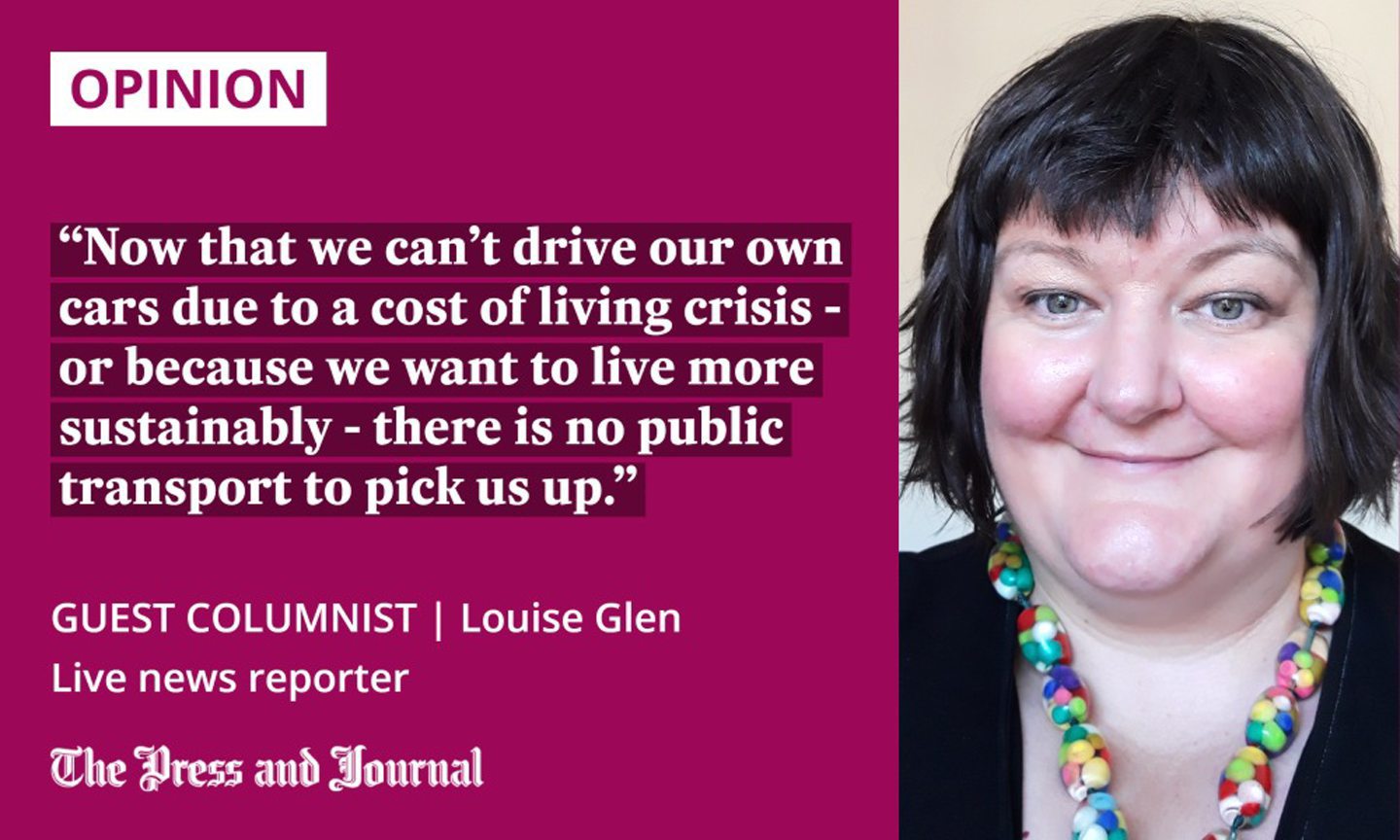
I grew up in the 1970s and ’80s, when it was not as common to have a car and be able to drive. I grew up in a time where people got the bus, or train or ferry, to work, and cars were left for Sunday runs in the countryside. I know, I know – I sound like an old bodach.
Over the years, as car numbers rose, public transport has diminished. It is like that foxes and rabbits game on my ZX Spectrum from the 1980s. Because fewer people use public transport (foxes eat rabbits) smaller numbers appreciate it (rabbit numbers diminish and foxes can’t survive).
The more we drive, the less apparent the need for public transport becomes – apart from ferries; we will always and without doubt need vessels, something the government should take a note on.
There doesn’t need to be a ‘reason’ to use public transport
But, that’s the situation we find ourselves in today: a world where private driving has sorted those who rely on public transport into three categories – those who can’t afford a car, those who can’t drive, and environmentalists.
Cutting public transport is counterintuitive
There may also be a fourth category, for those living somewhere rural who shouldn’t expect anything at all.
The point being, now that we can’t drive our own cars due to a cost of living crisis – or because we want to live more sustainably – there is no public transport to pick us up.
Trains and buses give us freedom and shape who we are
Cutting public transport is counterintuitive. It stops people getting to and from work, caring for others, going to the doctor or hospital, seeing friends and family, getting to school and college… It stops people from living life outside the bounds of their own town.
In my case, it would have meant getting a job in the knicker factory and never leaving home.
While many would argue that stopping late trains will only mean some people can’t have a drink after work, it is about much more than that. This is about life itself.
The older I get – post over-50s rail card, and pre-bus card – the more I appreciate the way in which public transport shapes us. Trains, like ferries, and buses and even taxis are a lifeline.
It is time to take a seat, and to prove that public transport is something we support and value, not just something for those who can’t drive or eco-warriors.
Louise Glen is a live news reporter for The Press & Journal
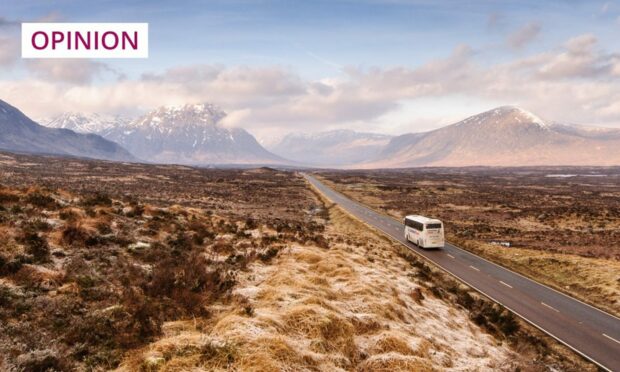
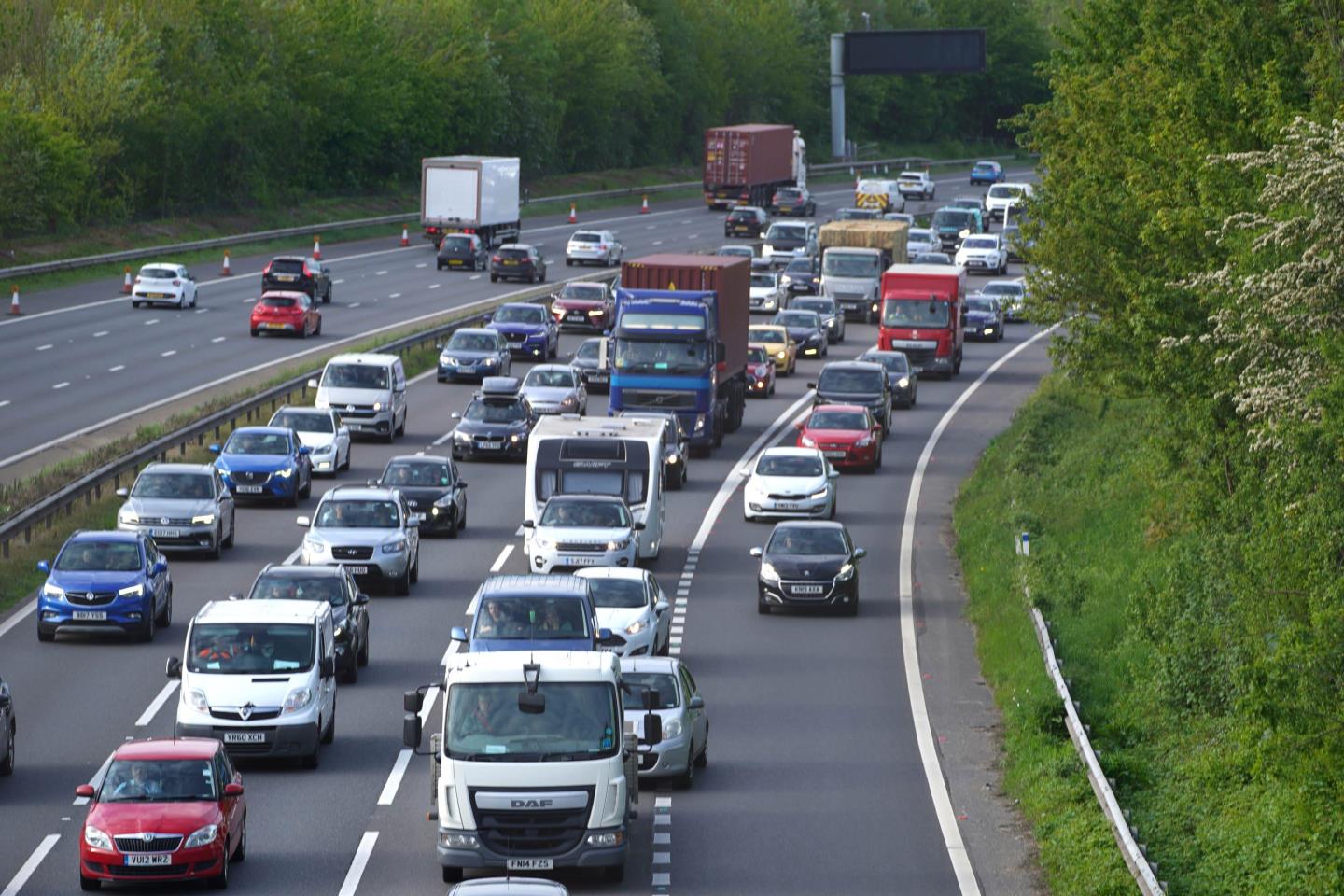
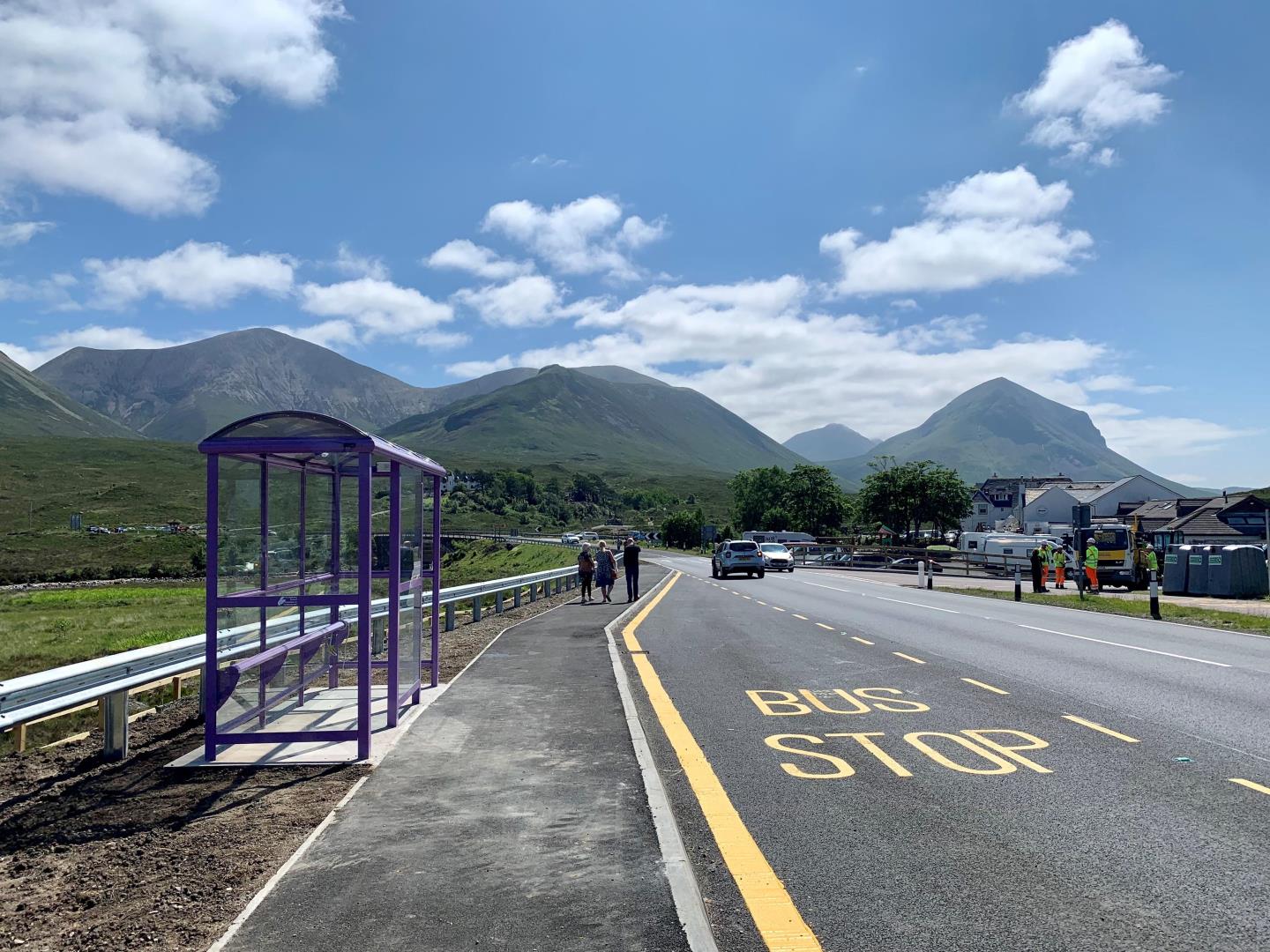
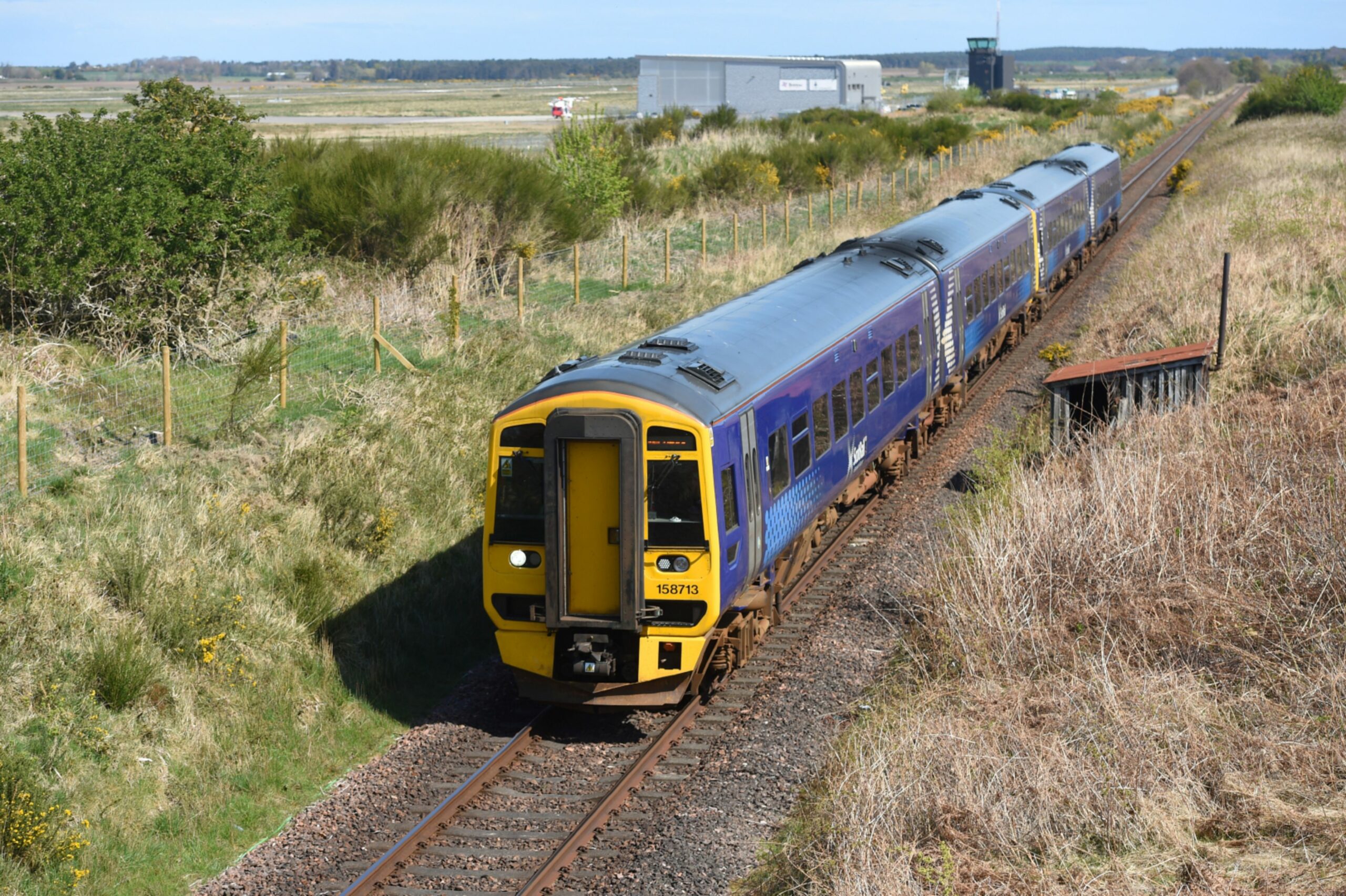







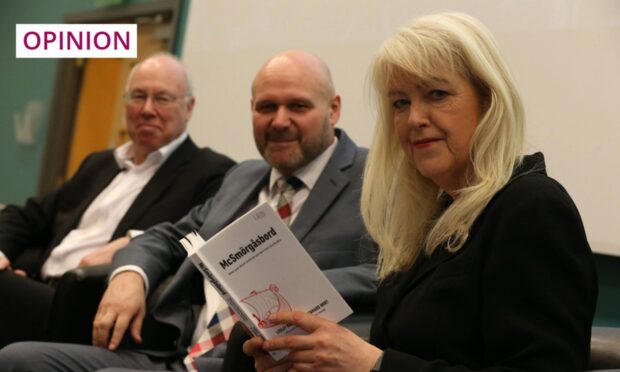


Conversation